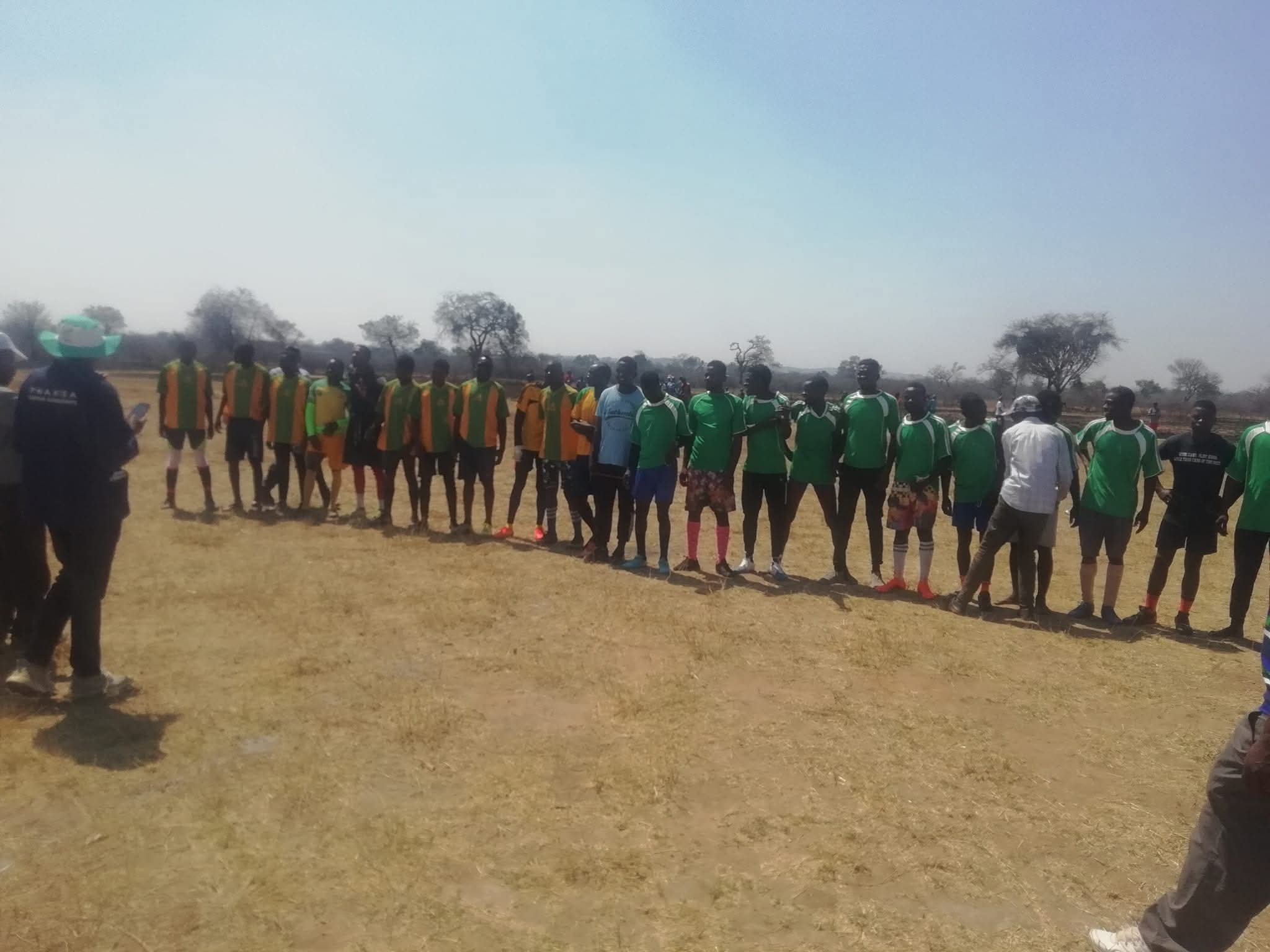Of all the improvements that local authorities perform on a piece of land earmarked for urban development, drainage systems seem to receive the least attention. This is more clearly visible especially in all newer residential areas. Storm water drains that were built in the 1990s and before, when the country was more economically stable, were more reliable than those built later on. In other instances, no drainage systems were built at all, and such cases are many in all unplanned suburbs associated with the illegal activities of land barons. With severe floods posing a bigger danger to human habitats in all natural climatic conditions of the world like never before, Zimbabwe is surely yet to pay the full bitter price of this anomaly. We saw what flooding did to German, Belgian and Turkish cities in the past few weeks when hundreds of lives were lost and dozens of homes got destroyed. That Germany, Belgium and Turkey are largely developed societies with superior physical infrastructure should make all of us in the deep Global South all the more worried. If flooding could kill close to 100 people in a highly-developed German municipal district, it becomes scary to imagine what a similar flood could do to local towns and cities like Gwanda, Masvingo and Mutare with their non-existent and/or pathetically mediocre storm water drainage systems. It would be a tragedy of epic proportions. It is in light of this glaring danger that it must no longer be business as usual for both our urban and country planners. The country’s urban drainage systems are not up to scratch, and that is a fact. Drainage is one aspect of basic infrastructure that has for many years suffered appalling neglect. Local authorities seem to define ‘serviced land’ to mean a piece of land bound by a road, a piped water system, sewerage and with access to the electricity grid. Everything else is of negligible importance or is of no importance at all to them, so it seems. How else could one explain that local authorities will always find money to install piping for water and sewerage in their new planned suburbs, but they hardly have money to build deep, wide and covered drains? Drainage is just an inconvenient necessity to them or it is something that can simply be done shoddily, just for the purpose of fulfilling a technical requirement. This is the message that most new urban and peri-urban developments communicate to those of us who are not in the offices. It is important, however, to know that electricity poles and transformers, roads, sewerages and portable water pipes can all be washed away by heavy floods in a poorly-drained area. Drainage systems themselves are also vulnerable to destruction by floods if they are not strong. These realities must be proof that we are facing a big danger as a country and we must take corrective measures as a matter of urgency. This piece of commentary does not seek to be alarmist, but to point out the grey areas that mar our urban and peri-urban development models. According to recent United Nations (UN) findings, the global climate is changing faster than previously predicted and this is triggering many natural disasters even in areas that were previously considered safe. This explains the destructive floods that hit Germany, Belgium and Turkey; not to mention China and India as these have victims of such disasters for far much longer. This again explains why glaciers are cracking and tumbling down the steep edges of the Alps, and why sea levels are rising and increasing the danger of floods around the world. It is therefore imperative for our planners of new settlements to remember Chimanimani’s Ngangu Township which swept away by Cyclone Idai in 2019. Notwithstanding how expertly they may be built, good storm water drains may not stop the destruction posed by such strong cyclones as Eline, Japhet or Idai, but they surely can make a difference.
With current drainage systems, entire urban homes will disappear








